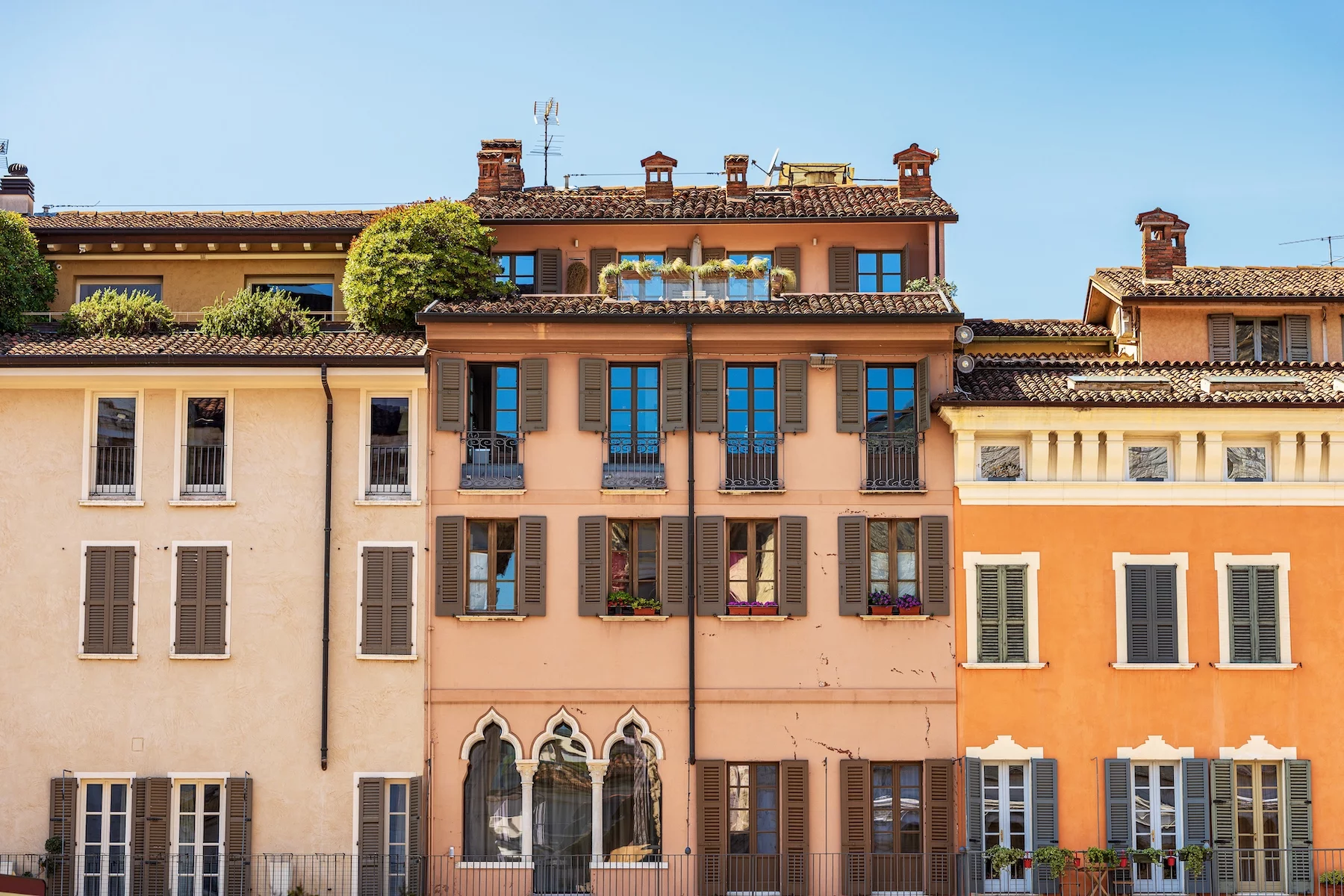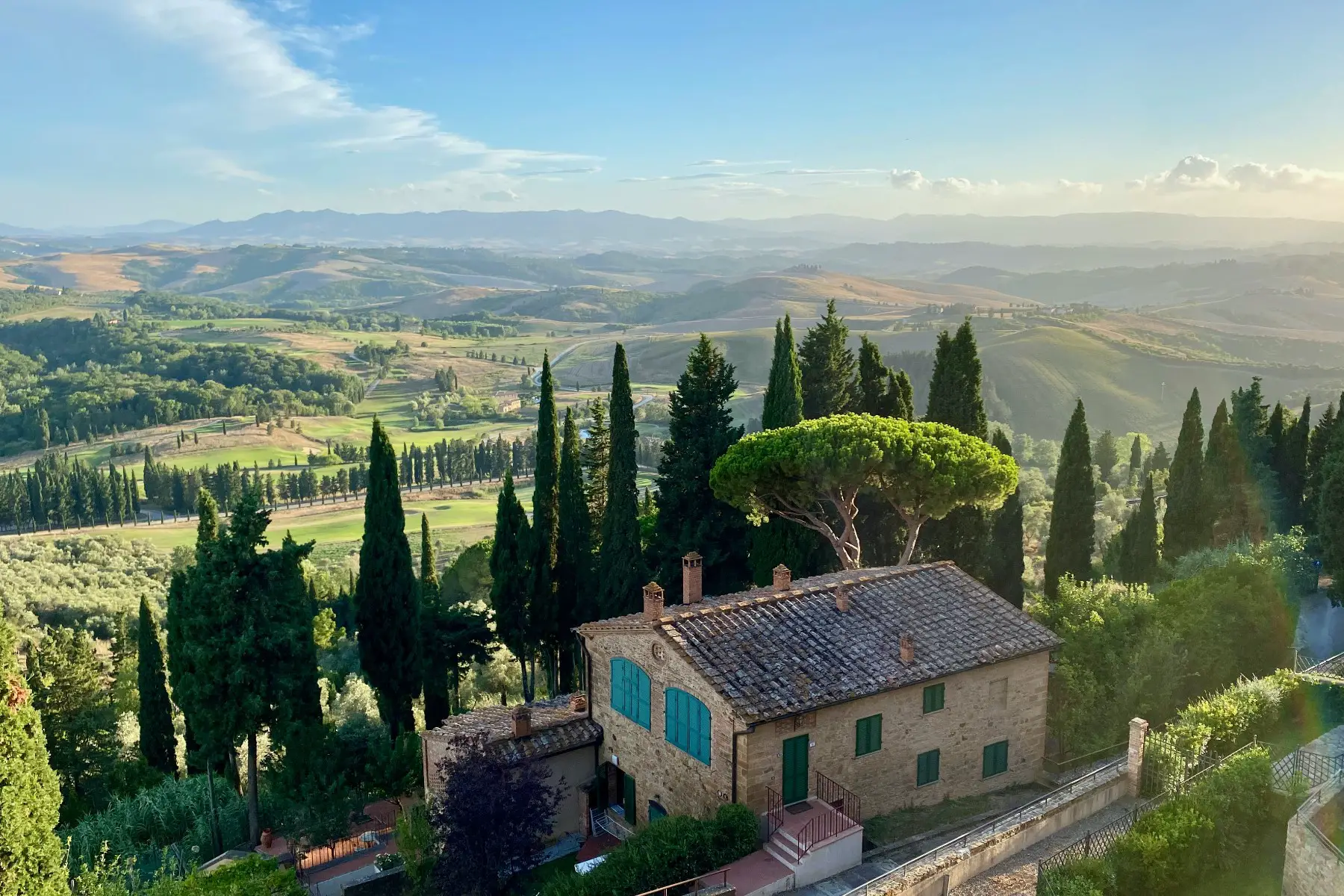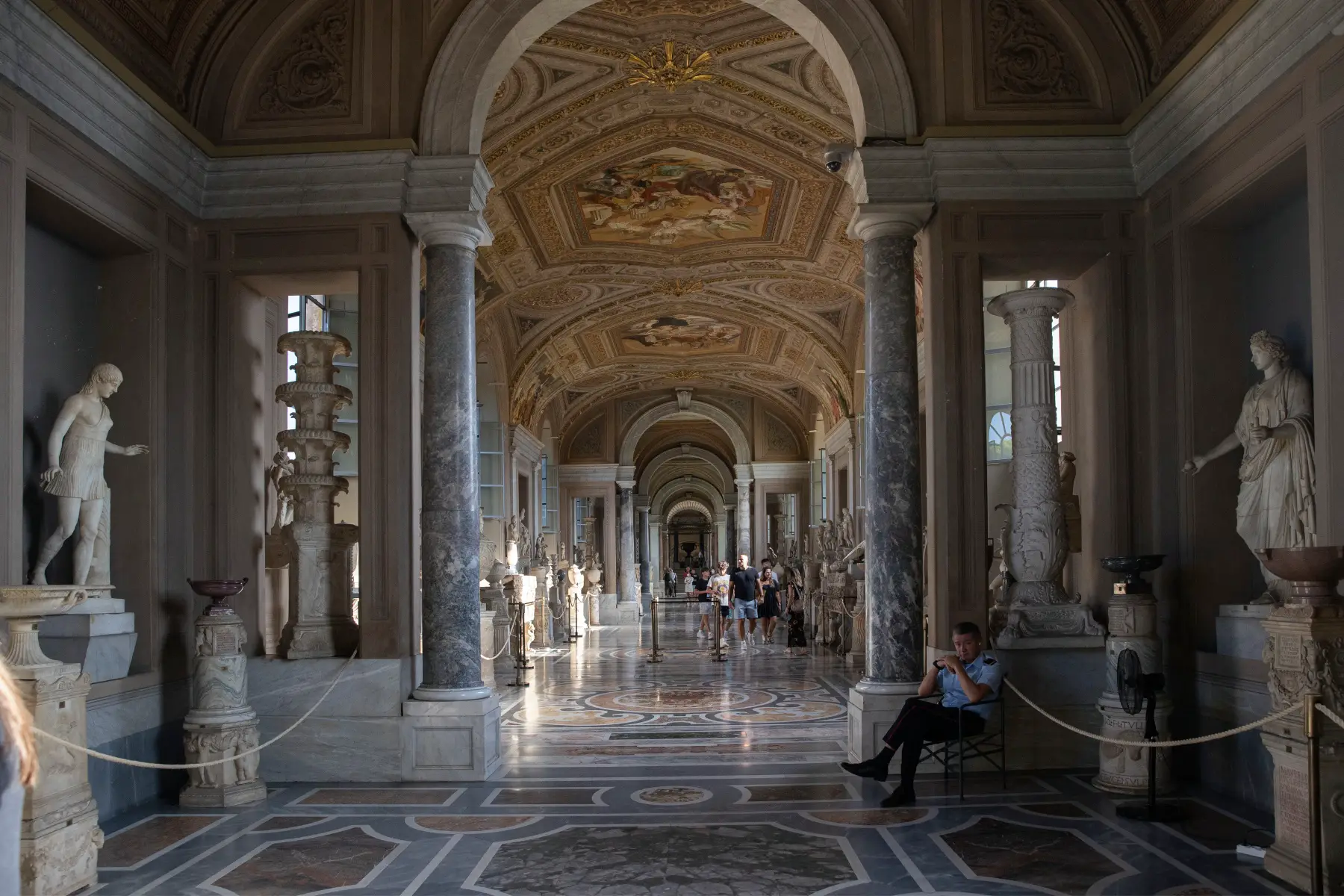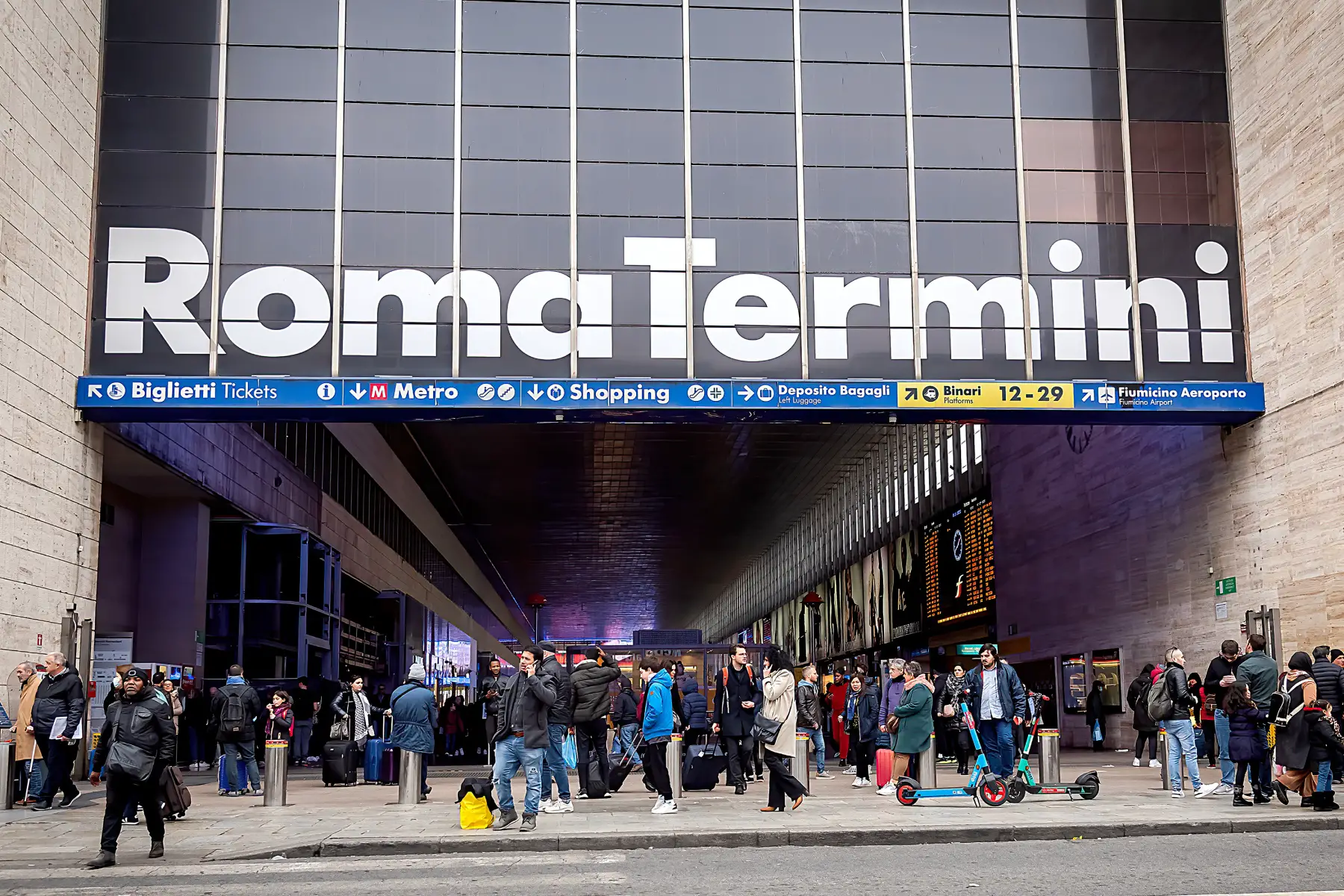Italy is a beautiful, geographically diverse country with small towns, big cities, mountains, and coastal areas. Depending on your interests, career, and lifestyle, there are many places to choose from when deciding where to settle down.
Milan (Milano) is a popular choice, as it is like no other Italian city. This bustling business hub is a great place to live if you like ‘big city life’ but also want to be immersed in gorgeous art, history, and Italian culture. Learn more about this charming metropolis and dive into the following topics:
Spotahome
Looking for somewhere to rent in Milan? Spotahome takes the hassle out of househunting by doing the hard work for you. Their online platform lets you find, view, and book rental properties all from the comfort of your own home. Take the stress out of househunting in Milan with Spotahome.
What is Milan like to live in?
A city like no other in Italy, Milan is a business hub, fashion capital, university town, and cultural center. With a population of 1,396,673 as of 2022, Milan is the second-most populated city in Italy after Rome.
The city is also one of Italy’s largest by area: its nine zones and 88 neighborhoods stretch over 182 square km, making it one of Italy’s biggest cities. Although Milan can seem daunting to navigate due to its size, it has an efficient public transportation system. Whether you need a bus, tram, or one of Milan’s five metro lines, getting around the city without a car is easy.
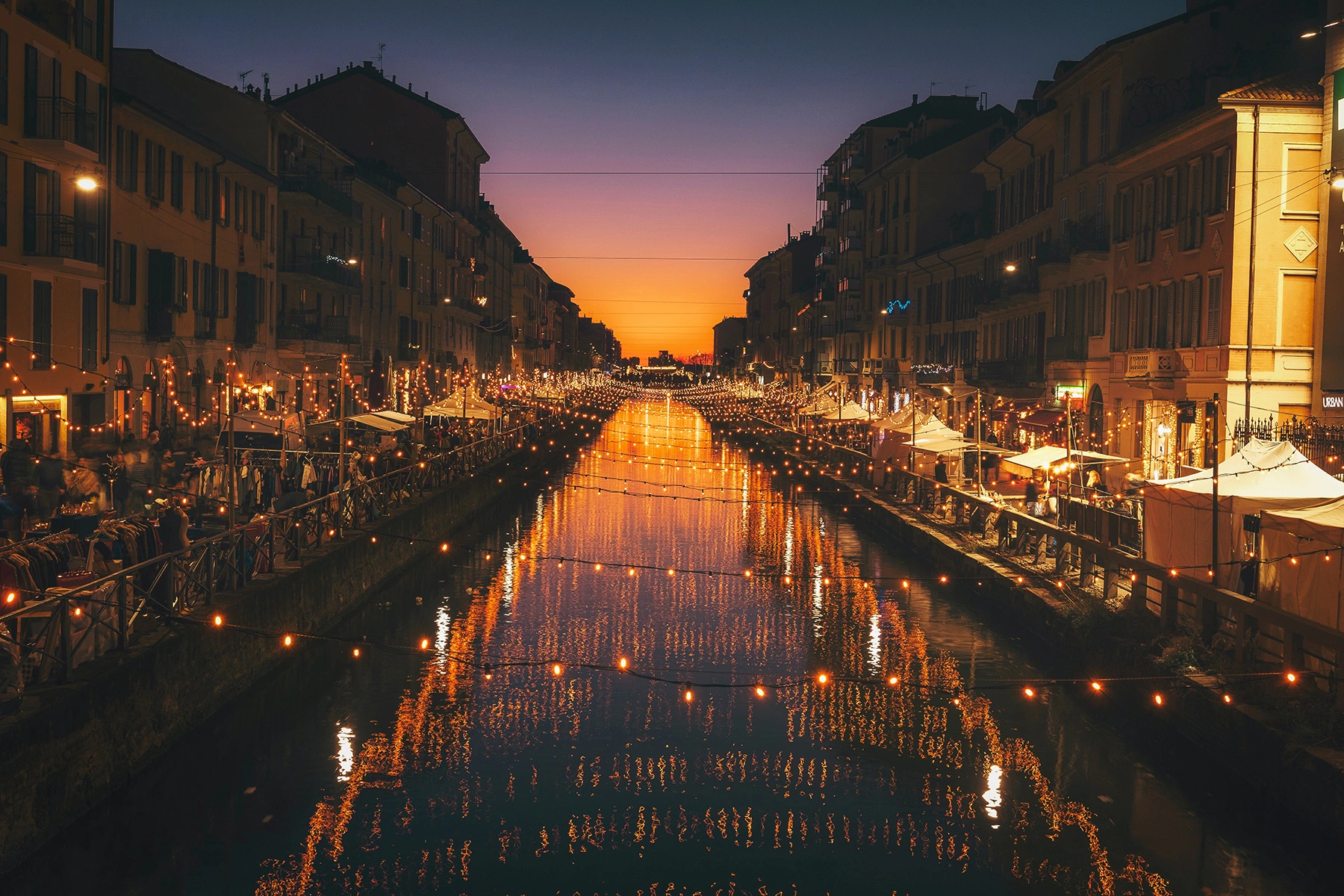
Milan is Italy’s economic capital and the richest metropolitan area in the country. It is no surprise, then, that many people from Italy and abroad move there for work. This northern Italian city is also home to a large expat community, with over 280,000 foreign residents.
Milan is a unique city. As a large part was destroyed in WWII, you will find huge skyscrapers and modern buildings close to historical landmarks. This mix of old and new is just one aspect that makes Milan stand out.
Italy’s business and fashion capital is also a great place to live. According to a 2022 Il Sole 24 Ore (in Italian) report, Milan ranked 8th out of 107 Italian cities in terms of overall quality of life. The city is also one of the most LGBTQ+ friendly (in Italian) cities in the country.
That said, Milan ranked 103rd for safety and justice and 29th on the quality of life index for women. Unfortunately, the city does also have a high crime rate. Of all cities in Italy, Milan has the most police reports filed. Not only that, but the most common offense is robbery. Of course, some neighborhoods in Milan are considered safer than others.
How can I find housing in Milan?
Moving to a new city can be overwhelming, but Milan has many resources to help you find your new home. You can either handle the house search yourself or contact a real estate agency (agenzia immobiliare) to guide you, even from abroad. These offices, located all over the city, can help you rent or buy an apartment. They also aid students in finding rooms for shorter periods. In addition, you can find places to live online through websites such as:
- Airbnb (for short-term and holiday rentals)
- HousingAnywhere
- Immobiliare
- Idealista
- Spotahome
Typical accommodation in Milan
In Milan, like most Italian cities, you will find apartments rather than stand-alone houses. Accommodation in the city can be expensive but varies depending on the area and size.
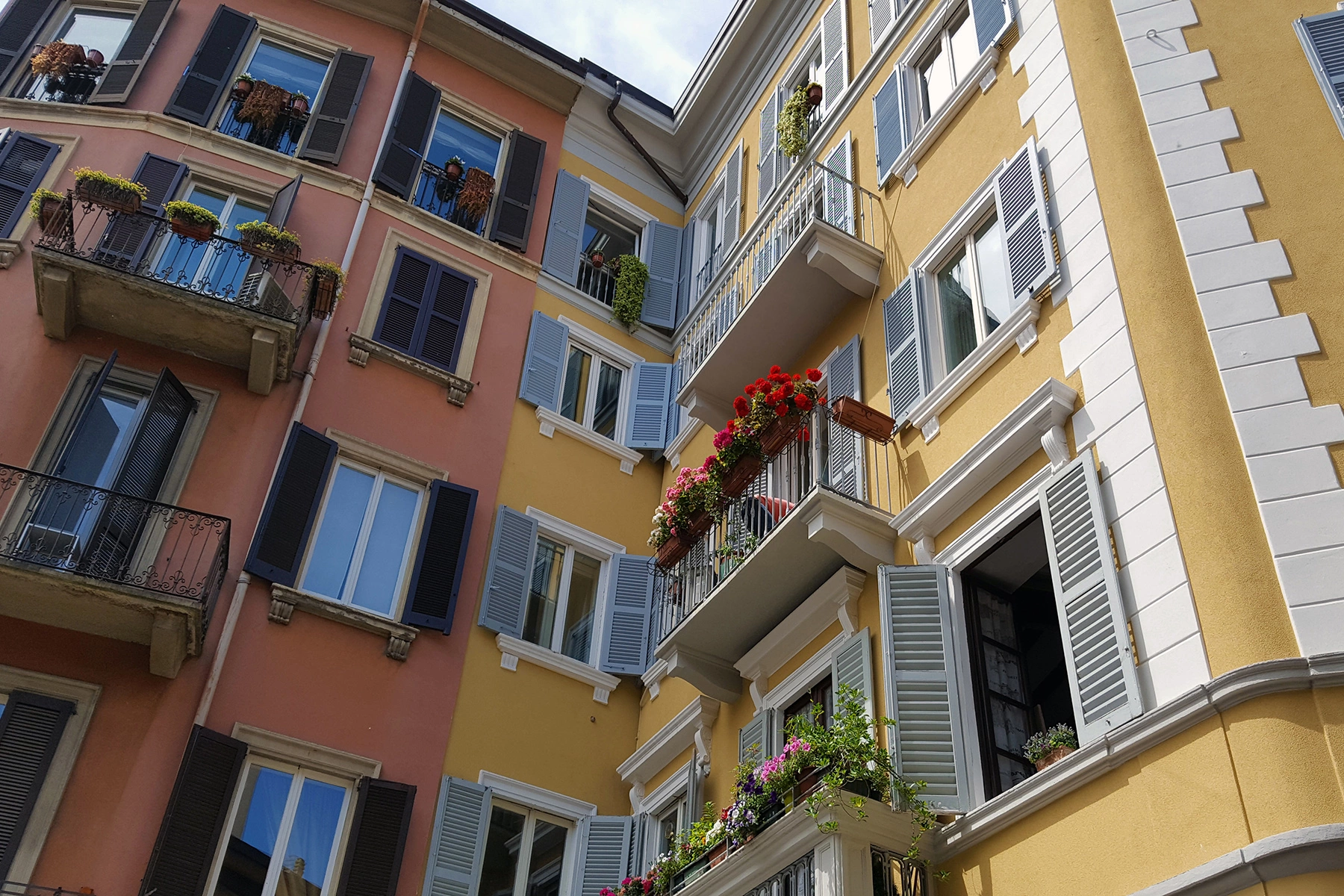
The average Milan apartment is 88 square meters with an average value of €269,000. Private outdoor space in big cities is rare, but you may have a small balcony or communal garden.
What are the renting options in Milan?
Italians generally prefer to buy rather than rent, with almost 74% of Italians living in an owner-occupied home. This is likely due to people inheriting homes or taking advantage of low interest rates.
Finding an apartment in Milan can be competitive, as many people move to the city. The average rental cost of a studio is €700 per month, while a two-room apartment can go up to €1,200.
Some areas of Milan can cost far more than the average, especially in central Milan. However, you can find more affordable options further from the city center. Thankfully, Milan has great connections via metro and regional trains. In fact, on weekdays, an average of 570,000 commuters come to Milan by train, while 680,000 people drive.
What if you want to buy a property?
If you’re looking for a more permanent home in Milan, you could consider buying a property. Like with renting, you can browse your options through a website or agency. However, the process is more involved, and you will need to consider issues such as mortgages.
The average cost of a home in Milan’s city center is €9,900 per square meter. However, when considering all neighborhoods, the average price goes down to €5,798 per square meter. If you live in a neighboring town, like Monza, the average home costs €2,663 per square meter.
The neighborhoods in Milan
Wherever you choose to live, Milan has a place for everyone. You can find anything from chic artsy neighborhoods to modern high-rise apartment complexes.
Centro Storico
Centro Storico translates to ‘historic center.’ The name tells you what you can find there – the tourist hub of Milan, filled with history and art. Located right in the middle of the city, in zone 1, this is a great place to live if you want to immerse yourself in Milan’s culture and incredible artistry.
Environment in Centro Storico
The Centro Storico neighborhood, while very expensive to live in, is one of the most beautiful spots in the city. If you want to view historical monuments as soon as you step out of your apartment, this is the area for you.
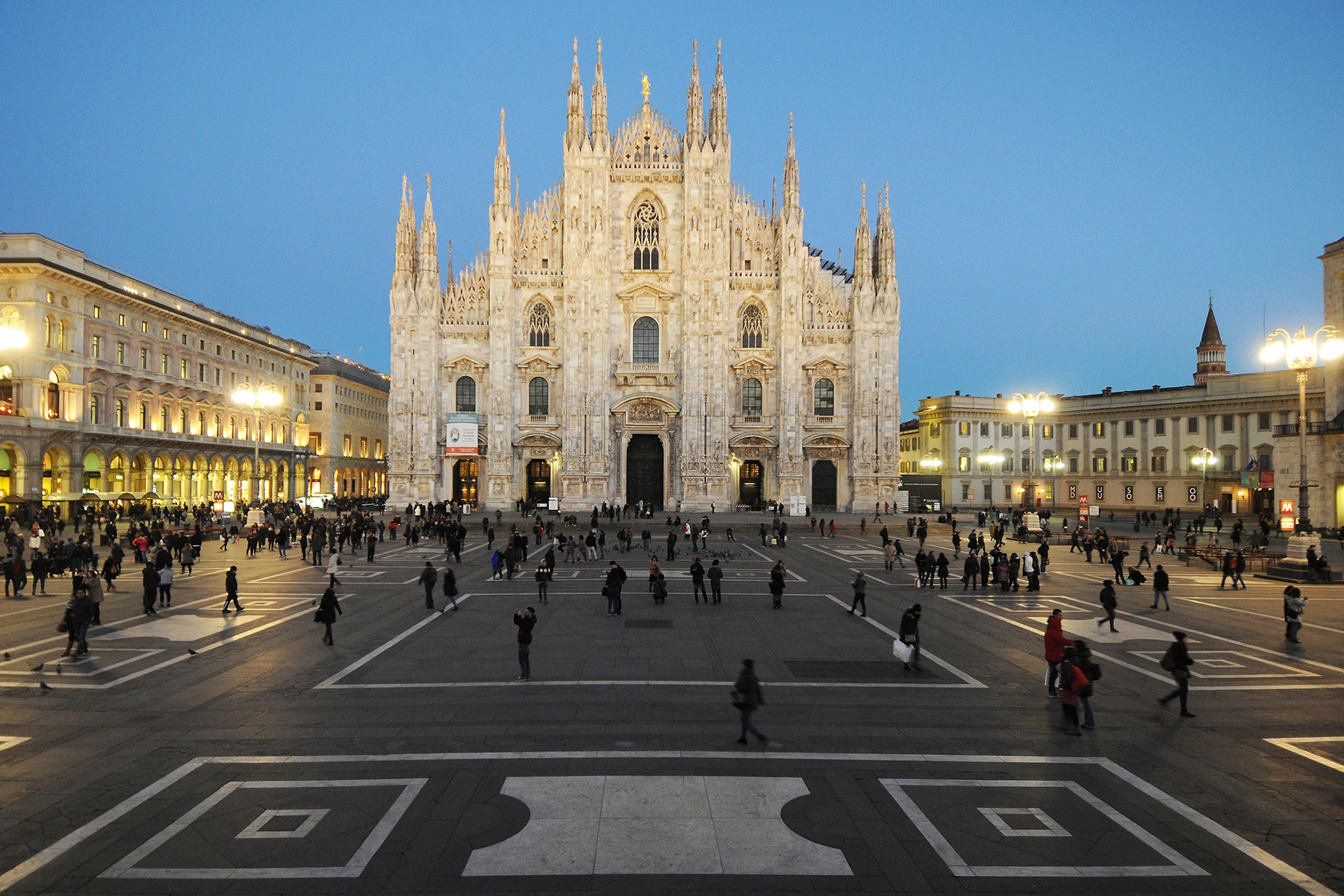
The neighborhood is filled with locals, tourists, and a notable international community. As this area is home to so many monuments and attractions, there is a high amount of security at all hours, making Centro Storico feel quite safe. However, you can expect to hear the hustle and bustle of the city from your apartment, so if you want to live somewhere quiet and peaceful, consider looking elsewhere.
What facilities are there in Centro Storico?
Centro Storico is home to many different sights, shops, entertainment, and schools.
Many of Milan’s main sights are in Centro Storico. This includes the Duomo Cathedral, right next to the Galleria Vittorio Emanuele II, a gorgeous building from the 18th century filled with luxury shops, cafés, and more. You can also immerse yourself in Italian history and the arts at the famous theater La Scala or shop at one of the many stores around the area.
On a practical level, you can find the central administration here. There are few healthcare facilities in the area, but you will find public transport links throughout the neighborhood.
Additionally, there are plenty of schools for children in Centro Storico. Although there are few parks in the city center, kids love to run around the piazza and visit the neighborhood’s many museums.
Transport to Centro Storico
Driving into the city center can be confusing and inconvenient, as there are limitations known as Zona Traffico Limitato (ZTL). This limitation bans unauthorized vehicles at certain times.
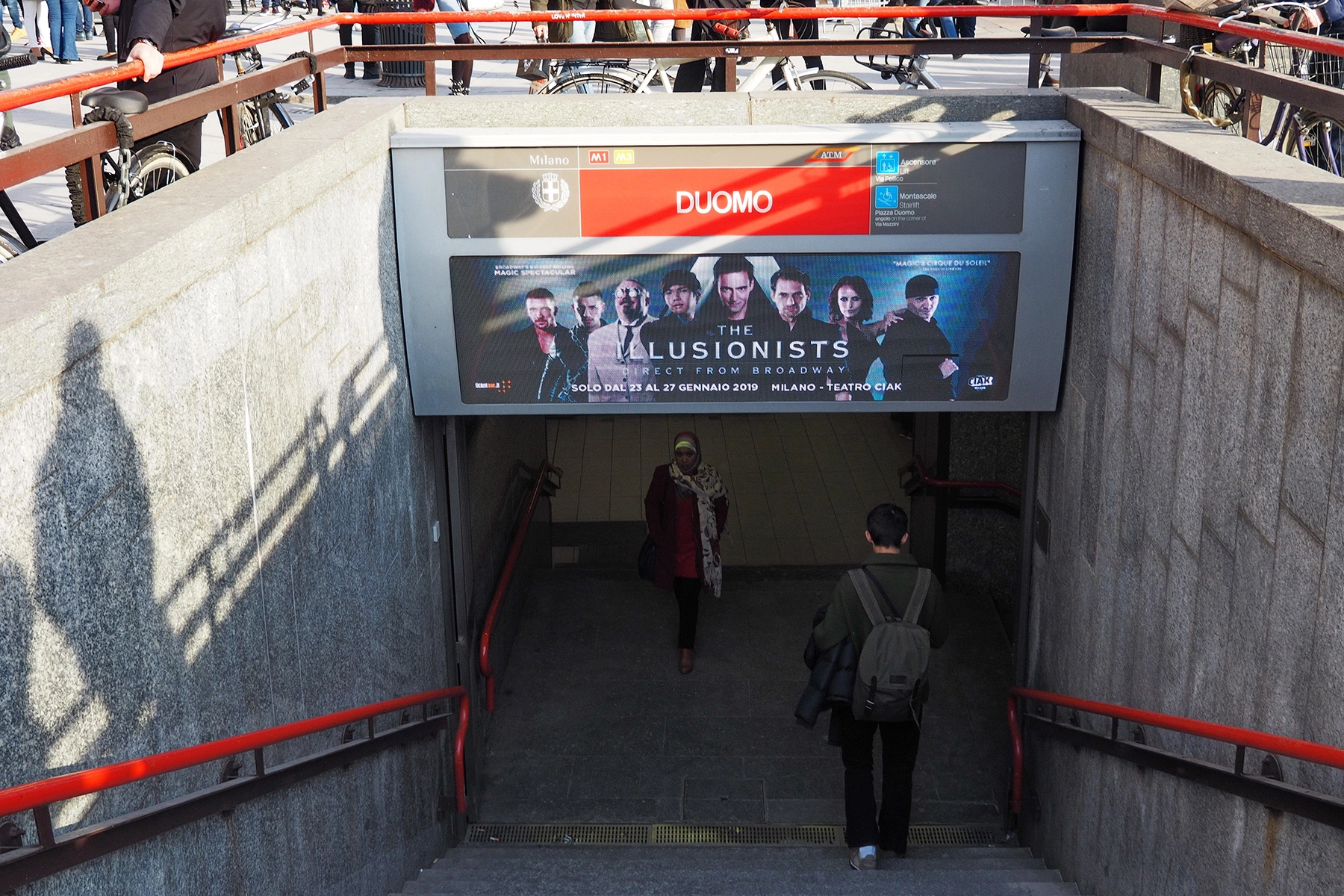
Parking is also hard to find, and garages are expensive. The best way to get to Centro Storico is by metro, bus, or tram. The Duomo metro station on lines M1 and M3 connects the neighborhood with the entire city.
Work and business in Centro Storico
As Milan is a famous tourist destination, it is no surprise that the travel and hospitality industries are important parts of the city’s economy. You can find numerous shops, cafés, restaurants, and museums in Centro Storico. In fact, getting a job in the tourism industry is quite common in this area.
What Centro Storico is best for
Centro Storico is the heart of Milan, famous for its beauty, rich culture, and numerous attractions. This is a great place to live if you want to be at the center of everything. If you are passionate about art, theatre, and fashion, you will feel right at home in Centro Storico.
Porta Venezia
One of the best neighborhoods for international newcomers is undoubtedly Porta Venezia. This centrally located district is a blend of cultures and home to a large LGBTQ+ community. The area is also full of history, getting its name from the actual Porta Venezia, one of the archways that was a city gate in Roman times.
Environment in Porta Venezia
Home to a large expat community, Porta Venezia is a melting pot of cultures. Not only are there multiple restaurants serving international cuisine in the area, but there are also events and local groups for its global residents.
Noise can be an issue when living here, as some parts of the neighborhood have many restaurants, nightlife locations, and tourists. Another negative aspect is the cost of accommodation. The average rental is around €24 per square meter, while you can expect to pay around €7,400 per square meter when buying a place.
Facilities around Porta Venezia
You can’t visit this Milan neighborhood without stopping at Corso Venezia or Corso Buenos Aires for shops, strolling, or grabbing a caffè. As you pass through this area, you will see gorgeous art nouveau-style buildings and famous attractions such as the Natural History Museum, Planetarium, and Modern Art Gallery. For an evening of entertaining plays or shows, you can visit the Elfo Puccini Theatre. Meanwhile, Via Lecco is an excellent place to meet a large LGBTQ+ community and enjoy Milan’s nightlife. There is something for everyone in this neighborhood.
One of the city’s most famous international schools, ICS Milan International School, is also nearby. This makes the neighborhood a great choice if you have just moved to Italy and are looking for a global community.
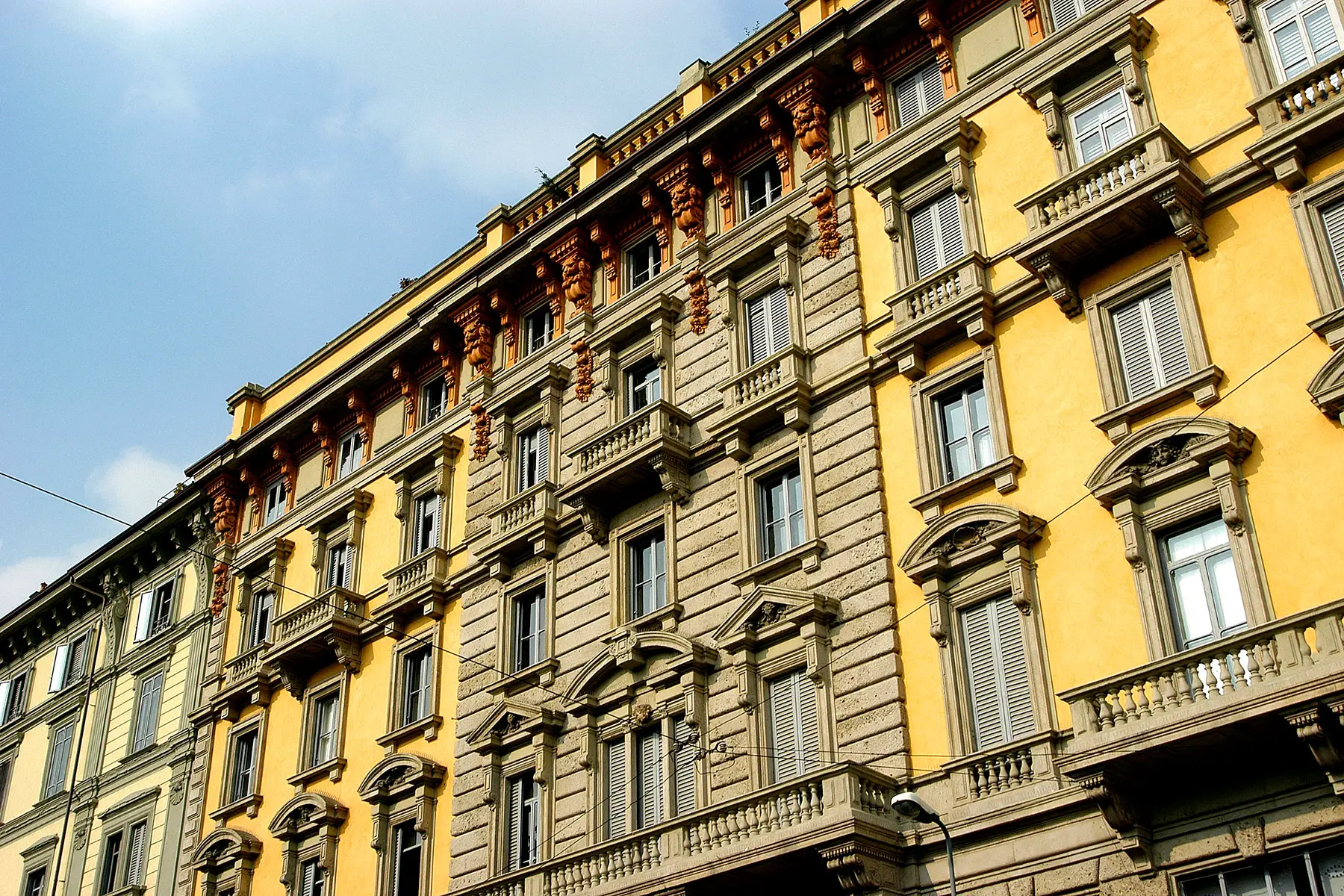
Although Porta Venezia has some tourists enjoying its art and cultural facilities, many locals spend time here as well. In terms of daily life, supermarkets, access to schools, medical facilities, and transportation are widely available throughout the neighborhood.
Transport to Porta Venezia
Make sure you have good walking shoes in Porta Venezia, as locals enjoy walking around this area. However, it will only take you around 15 minutes on foot to reach the city center. As with most of Milan, this neighborhood has great public transport connections. There are multiple bus lines, and the red M1 metro line passes through, so you can get wherever you need to go.
Work and business in Porta Venezia
As Porta Venezia is home to many shops, including luxury brands, much of the economy revolves around retail. Hospitality is a major industry here, as there are many hotels, restaurants, and cafés. While there are some office buildings in Porto Venezia, this isn’t Milan’s main hub for corporate jobs.
What Porta Venezia is best for
Porta Venezia is the perfect place to live in Milan if you want a large expat community, an LGBTQ+ friendly area, and plenty to see and do. You will be surrounded by historical buildings and culture, all a short walk from the city center.
Città Studi
Students comprise a large proportion of Milan’s population, and one entire neighborhood is full of educational facilities, student hangouts, and more. This area is known as Città Studi. Here, you will find two of the city’s biggest universities, Politecnico di Milano and Università Statale di Milano. Città Studi is great if you are looking for a dynamic, fun, international, and lively community.
Environment in Città Studi
If you are looking for a place in Milan with greenery and a good mix of cultures, ages, and activities, this is the place for you. Known for its large student and young professional population, Città Studi is the university hub of Milan. It also has a large expat community, thanks to international students.
The area is also great if you have children. Firstly, it has many small parks. It is also one of Milan’s safest neighborhoods. Of course, since thousands of students come to this area every day, you will find many restaurants, cafes, libraries, and co-working spaces. It is also no surprise that the neighborhood has excellent public transportation.
In terms of cost, an average rental goes for €21 per square meter, while to buy, you can expect to pay around €5,200 per square meter.
Facilities around Città Studi
The two biggest universities in Città Studi are Politecnico di Milano and Università Statale di Milano, but there are also many smaller universities, primary and secondary schools, as well as offices for businesses. It’s also home to prominent medical facilities such as the Neurological Institute Carlo Besta and the National Cancer Institute.
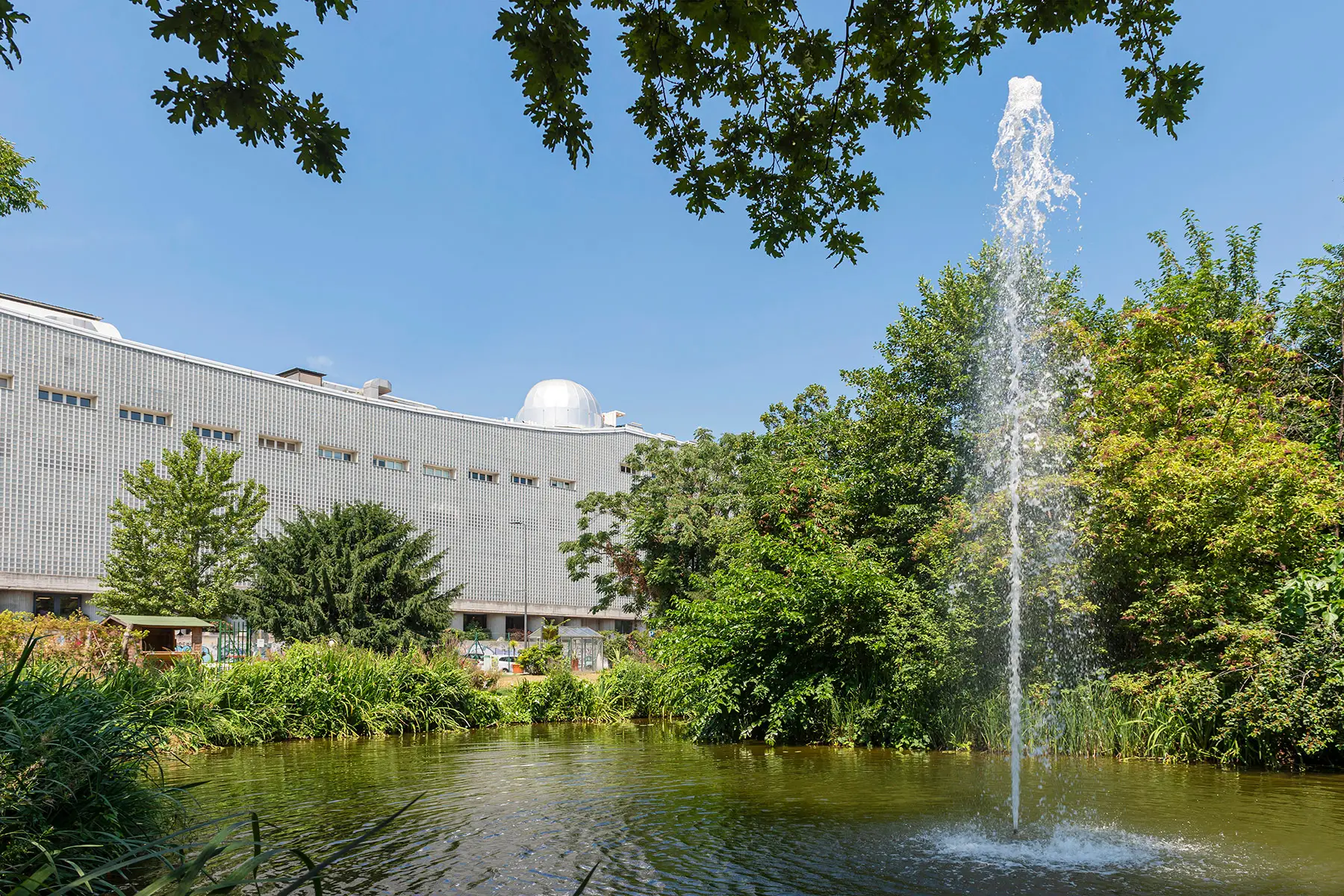
As this is a student hot spot, there’s a whole host of nightlife to enjoy. One of Milan’s signature drinks, Negroni Sbagliato, was actually invented in Città Studi’s famous Bar Basso.
Meanwhile, shopaholics are better off living elsewhere, as this isn’t one of Milan’s top shopping areas. However, public transportation is widely available and efficient, so you’re only a short trip from other parts of the city. Overall, Città Studi has all the necessities for daily life, plus museums, pubs, restaurants, parks, and more.
Transport to Città Studi
If you live in Città Studi, you’re not far from the city center – it’s only 15 minutes away on the metro red line (M1). The metro and buses connect you with the rest of the city, too. Although Milan has very efficient public transportation, walking and cycling are also top ways to get around in this area.
Work and business in Città Studi
As this area is mainly a university hub, or a great place for families with children to live in, much of the economy revolves around education. If you are, for example, an academic, you’d be right at home in Città Studi. There are also many bars, restaurants, and cafes for those interested in service jobs.
What Città Studi is best for
If you are a student, have a family, or are a young professional, this is a great neighborhood. It is close to the center but more affordable than Porta Venezia or Centro Storico. It is a great middle-ground if you want to be near central Milan but surrounded by greenery, peace, and quiet.
Brera
This small neighborhood is often compared to New York’s Greenwich Village. Brera is charming, full of character, and a central part of the city. If you are looking to stay close to Milan’s main attractions but want to avoid tourists, it’s the perfect place. With its cobblestoned streets, unique architecture, and small shops, this neighborhood is right out of a postcard.
Environment in Brera
Located next to Porta Venezia, Brera is an artsy part of the city with gorgeous green spaces. These include the Orto Botanico di Brera and Parco Sempione. Like many central parts of Milan, a large international community lives here. This area is also calmer than a lot of city center neighborhoods and is considered one of the safest (in Italian) in the city.
Walking through Brera’s vialetti or small streets, you feel like you are in a completely different part of Milan, with its quaint shops, osterie (taverns), and local art. In terms of cost, an average rental goes for €24 per square meter, while to buy, you can expect to pay around €8,103 per square meter.
Facilities around Brera
Residents of Brera will tell you that you can’t get bored there – it may even spark your creativity, as one of the main attractions is the art scene. Don’t miss the Pinacoteca di Brera, where you can see famous historic paintings, or the Castello Sforzesco, which houses more than one art museum. There are also smaller galleries and art supply shops dotted around. The area may be a hot spot for art lovers, but anyone can enjoy strolling Brera’s streets and browsing the many shops, cafes, and pubs that locals frequent.
Brera’s many local markets provide fresh produce, vintage clothing, and handmade goods. The neighborhood also has all the facilities you could need, including the Ospedale Fatebenefratelli e Oftalmico, one of Milan’s major hospitals. Schools are also a short walk away from the center of Brera. Whether you are moving here with your family or as a student looking for a unique and trendy neighborhood, Brera has something for everyone.
Transport to Brera
Locals in Brera love to walk and cycle around their neighborhood. If you need to get to the city center, you’ll be pleased to know that it’s only 15 minutes from the Duomo on foot. However, when the weather is good, consider buying a bicycle or using one of the many bike-sharing services in Milan.
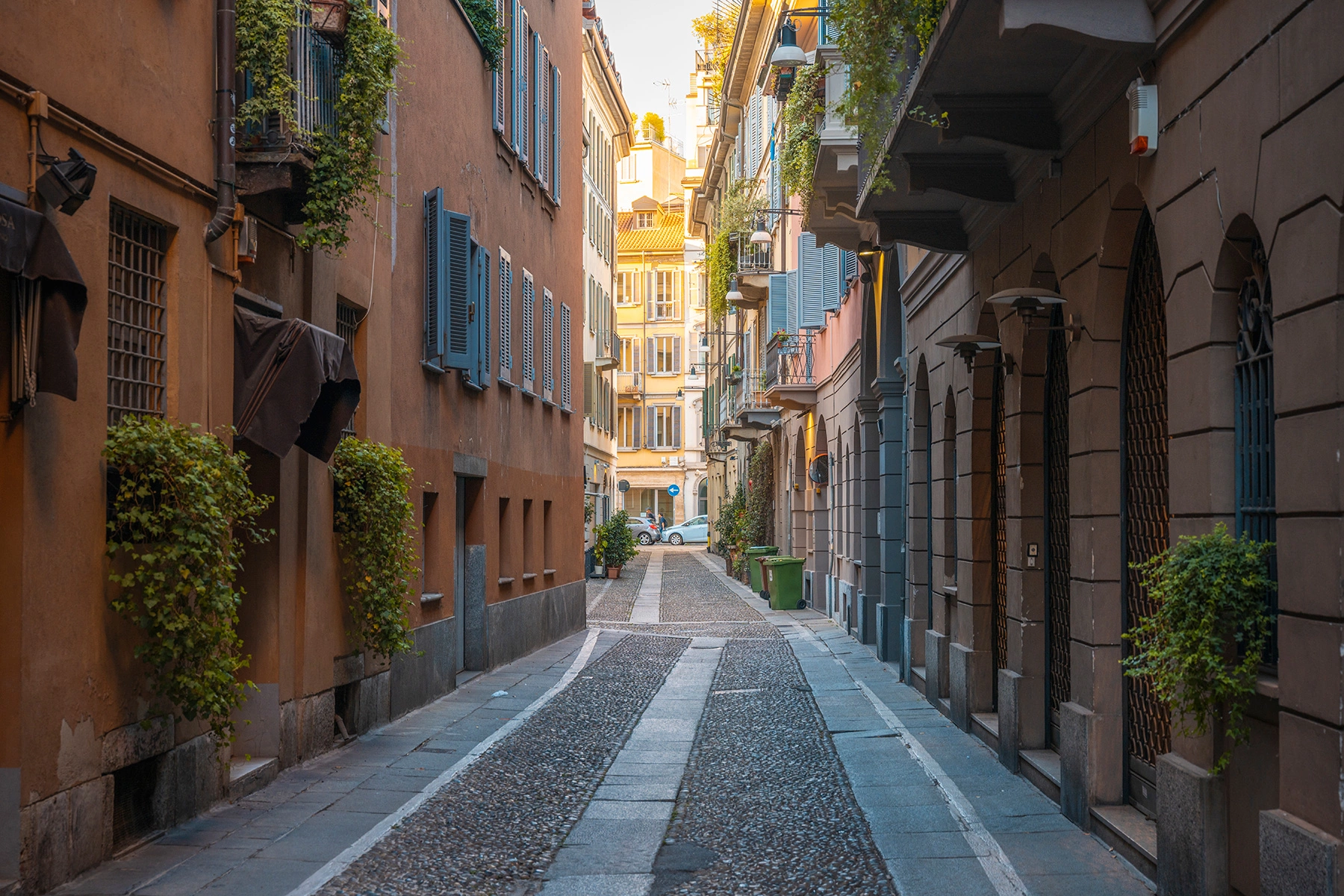
Brera has bus and tram lines running through it, as well as Milan’s main metro lines, M1, M2, and M3. This means you can be in any part of the city very quickly.
Work and business in Brera
Just north of Brera, you will find Porta Nuova, Milan’s business district. While few offices operate in Brera, people may prefer living here and commuting to one of Milan’s more corporate neighborhoods. Whether you are in Milan for an internship or work at a major company, this is a great area to live in as you can live close to your job but have a vibrant and dynamic lifestyle outside the office.
What Brera is best for
Whether you love art, nature, history, or quaint cafes, Brera has it all. The neighborhood is a great middle-ground for someone who wants to be in central Milan, but without too many tourists. If you plan on working in any of Milan’s financial districts, Brera is one of the most well-connected parts of the city.
Navigli
Milan’s Navigli neighborhood is one of the most picturesque areas in the city. With its canals, historic buildings, and vibrant nightlife, this is a popular choice. Navigli is located in the southwest of the city and offers a perfect blend of old and new, with something to appeal to visitors from all walks of life.
Environment in Navigli
Navigli is unlike any other neighborhood in Milan, thanks to the canals that run through it. Although these canals are now a popular spot for a family walk, an aperitivo at one of the trendy bars, or lunch at a local restaurant, the area used to be famous for transportation and shipping.
While the area’s nightlife is ideal for students or young professionals, there are also calmer parts of the neighborhood near the many parks. The Parco Baden-Powell and the Parco Segantini are just two of the area’s green spaces. Both parks have multiple play areas for children and designated areas for dogs to run about. It’s a great place for expats, too, since it is conveniently located, has excellent public transportation, and has a large international community.
Because of the large number of universities in the area, many international students make Navigli their temporary home. However, living costs can be quite high, which could be something to consider if you’re on a budget. Specifically, an average rental goes for €22 per square meter. Meanwhile, if you purchase a property, you’ll pay around €6,125 per square meter.
Facilities around Navigli
Not only is Navigli a living painting thanks to its beauty and vibrant atmosphere, but it also has great facilities. Multiple educational institutions surround the area, including two of Italy’s most famous universities, Bocconi and IULM. The neighborhood also has excellent transportation and several healthcare facilities.
Regarding lifestyle and hobbies, if you love history and art, Navigli is the place to be. Since the neighborhood has existed since Roman times, you can still see many historic buildings, such as the Basilica of Sant’Eustorgio, the Basilica of San Lorenzo, and the Porta Ticinese arch.
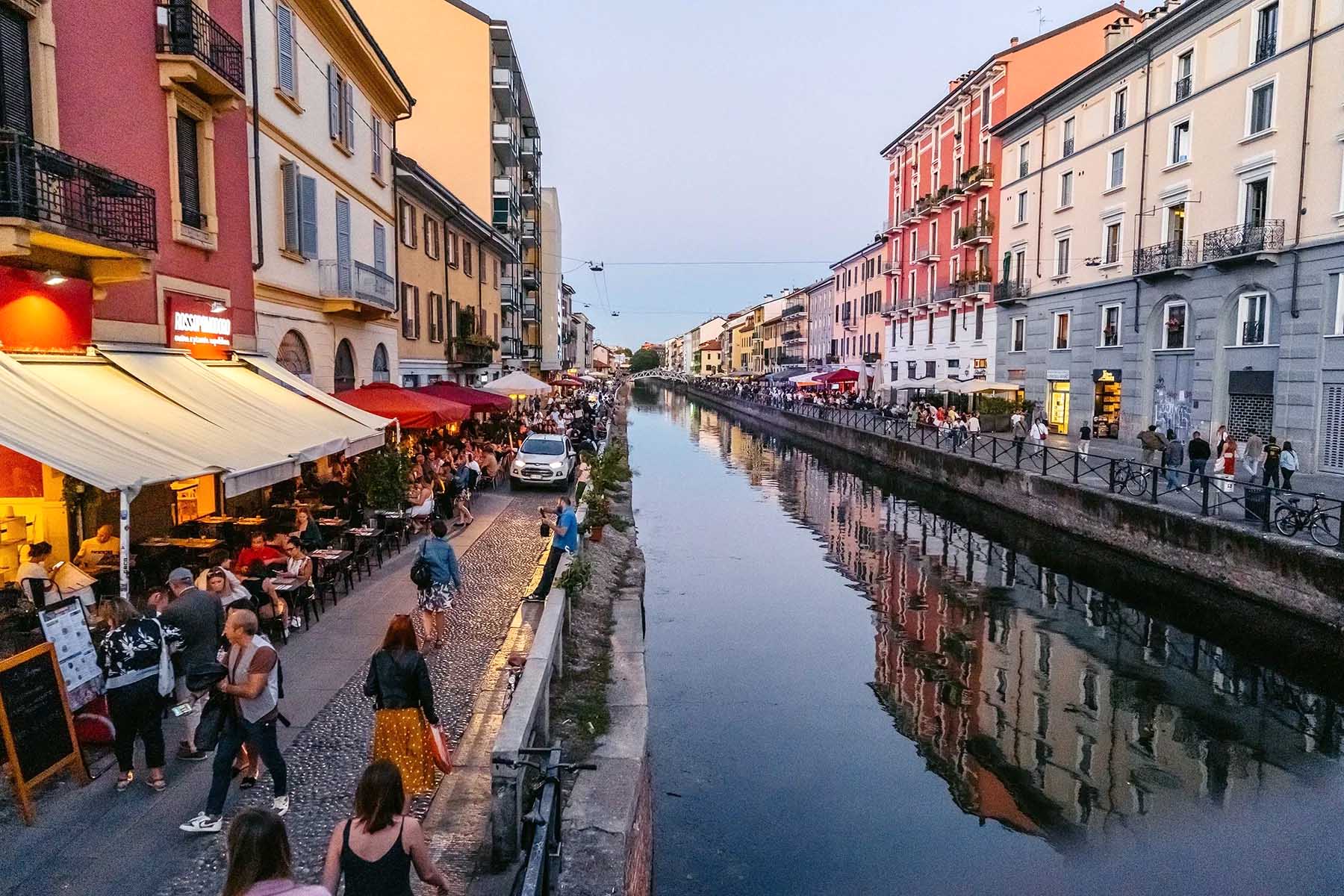
The area was once a hub for artists and intellectuals, and today, Navigli is still a creative center. In fact, you can find many boutique shops, art galleries, and cultural attractions, including the MUDEC Museum of Culture and the Triennale di Milano design museum. Meanwhile, if you wander along the canals, you’ll discover all the fashionable bars and restaurants that are favorite haunts among locals.
Transport to Navigli
While locals in Navigli love to stroll along the canal, there are also many options for public transportation. You can reach the Duomo in just 20 minutes by metro or you can take the bus, tram, or train. Living in Navigli, you can reach any part of the city quickly.
Work and business in Navigli
While some offices have their headquarters in Navigli, most of the neighborhood’s economy revolves around its restaurants, pubs, and culture. However, there are numerous co-working spaces for freelancers, such as Navigli Working Factory. Here, you can find shared workspaces, networking opportunities, and business support services.
What Navigli is best for
Navigli is great for people who want a fun, vibrant lifestyle surrounded by culture and history in one of Milan’s most unique neighborhoods.
Monza
Living in Milan’s city center can be expensive. However, if you want to be near Italy’s fashion and business capital without breaking the bank, Monza could be for you. Although it’s a city on Milan’s northern outskirts, rather than a neighborhood, many people choose to live here to be close to the big city in a more peaceful environment. This picturesque town in Lombardy is much smaller than Milan, with a population of around 122,000.
Environment in Monza
If you are looking for a home surrounded by natural beauty, Monza is the perfect place. A large part of the city consists of green spaces, including public gardens and large parks. This makes Monza a great place to live if you have children, as the parks are home to plenty of play areas.
Essentially, Monza is a small historic city. Despite its small size, it has many attractions, restaurants, and parks, and it’s just a 10-minute train ride to Milan city center. Many people who work in Milan choose to live in Monza because of the affordable housing. Specifically, an average rental goes for around €13 per square meter, while houses to buy fetch about €2,663 per square meter – almost three times less than in central Milan.
A large global community also lives in Monza and commutes to Milan. Expats who want an international community and an affordable home close to the big city prefer living in Monza. In terms of safety, the town is also statistically safer than Milan.
Facilities around Monza
Milan is full of history and culture, but so is Monza. The city is home to multiple famous attractions, including the Monza Cathedral and Monza Park (a UNESCO World Heritage Site). Arguably, however, this city is most famous for the Autodromo Nazionale di Monza, a racetrack for motorsports enthusiasts who come from all over the world to watch auto races.
There are also numerous restaurants, cafes, and shops. In terms of educational facilities, Monza has private, public, and international schools, including the International School of Monza. Medical facilities are also widely available. For example, the S. Gerardo Hospital is a famous medical center located in the town. Monza has everything you need to live comfortably while still offering numerous cultural and artistic attractions.
Transport to Monza
To move within Monza, locals use bikes or buses. If you need to get to Milan city center, you can take the regional train from Monza station. In just over 10 minutes, you will be in the heart of Milan’s Centro Storico.
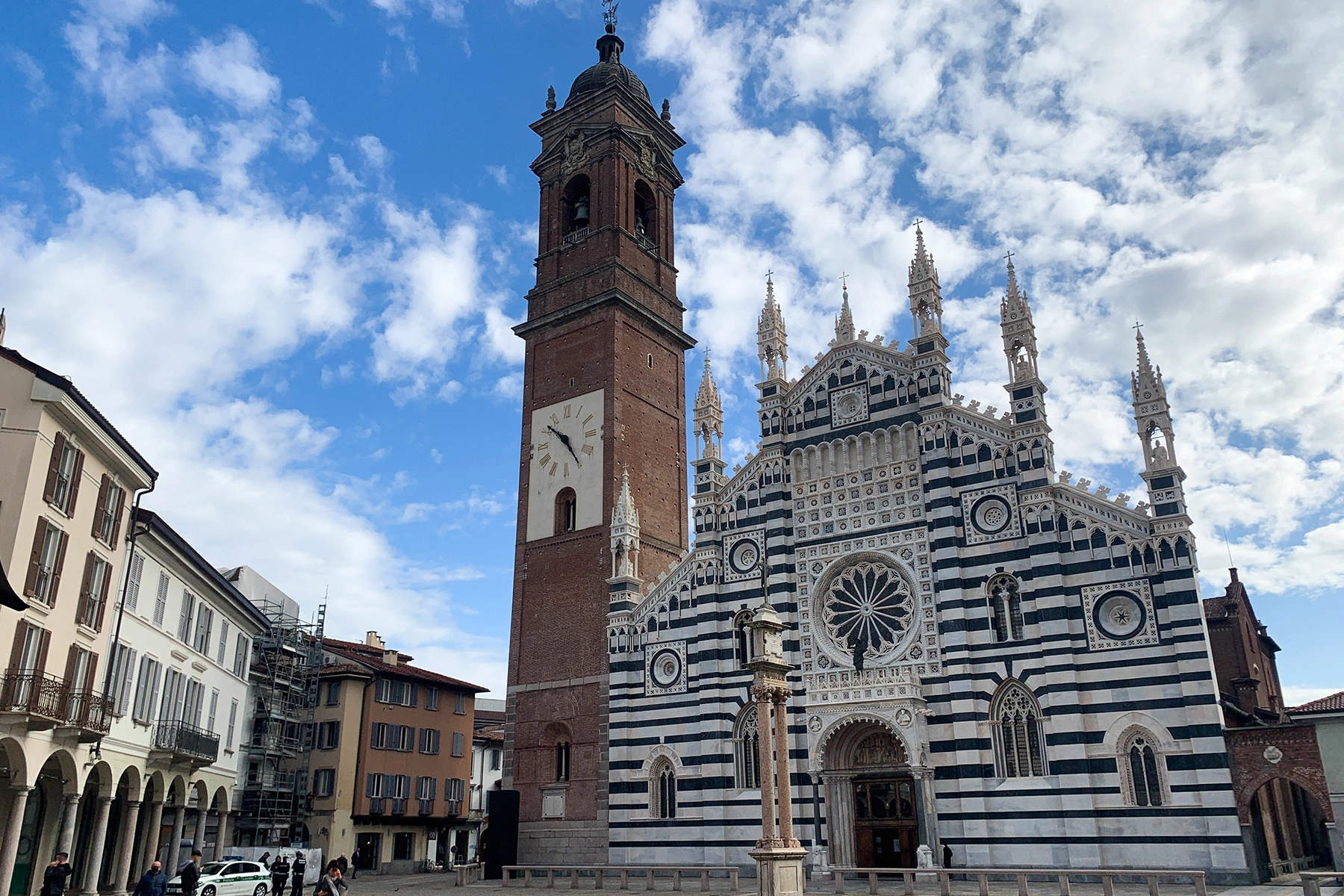
Work and business in Monza
Monza is an important industrial and financial center, with many businesses opening their headquarters here. Good news, too, for those in the tourism industry, as the Autodromo Nazionale di Monza attracts visitors from all over the world. If you’d rather work in Milan, it’s an easy commute from this city.
What Monza is best for
Monza is great for expats who want to stay close to Milan but prefer a calmer and more affordable environment. If you still want access to the big city while living in a less chaotic space, then Monza is for you.
Neighborhoods to avoid in Milan
Italy is relatively safe, ranking 34th out of 163 countries on the Institute for Economics & Peace Global Peace Index 2023. However, although Milan is generally safe, depending on your neighborhood, the city does have a high crime rate. Milan ranks first for the number of police reports filed for crimes in Italy.
That being said, some neighborhoods in Milan are more safe than others. However, if you plan on moving to Milan, it’s worth knowing about security in each area. The following parts of the city have a reputation among residents for being ‘less safe:’
- Barona
- Corvetto
- Lorenteggio
- Quarto Oggiaro
- San Siro
- Via Gola
- Via Padova
Tips on choosing a neighborhood in Milan
When moving to a new city, it is a good idea to research and visit each neighborhood you are interested in. Figure out which aspects are more important to you, such as safety, nightlife, and location. You can look at expat groups on social media, such as Facebook, to ask for advice, too.
Milan is one of the most expensive cities for accommodation in Italy, and there is high demand. Because of this, it can be daunting and stressful to look for an apartment. Remember that Milan has excellent public transportation. Therefore, if you prefer to commute to work and live in a more affordable area, like Monza, that can solve many of your problems.
Useful resources
- ATM – Milan public transportation website
- Comune di Milano – Milan city website
- Trenitalia – Train website



